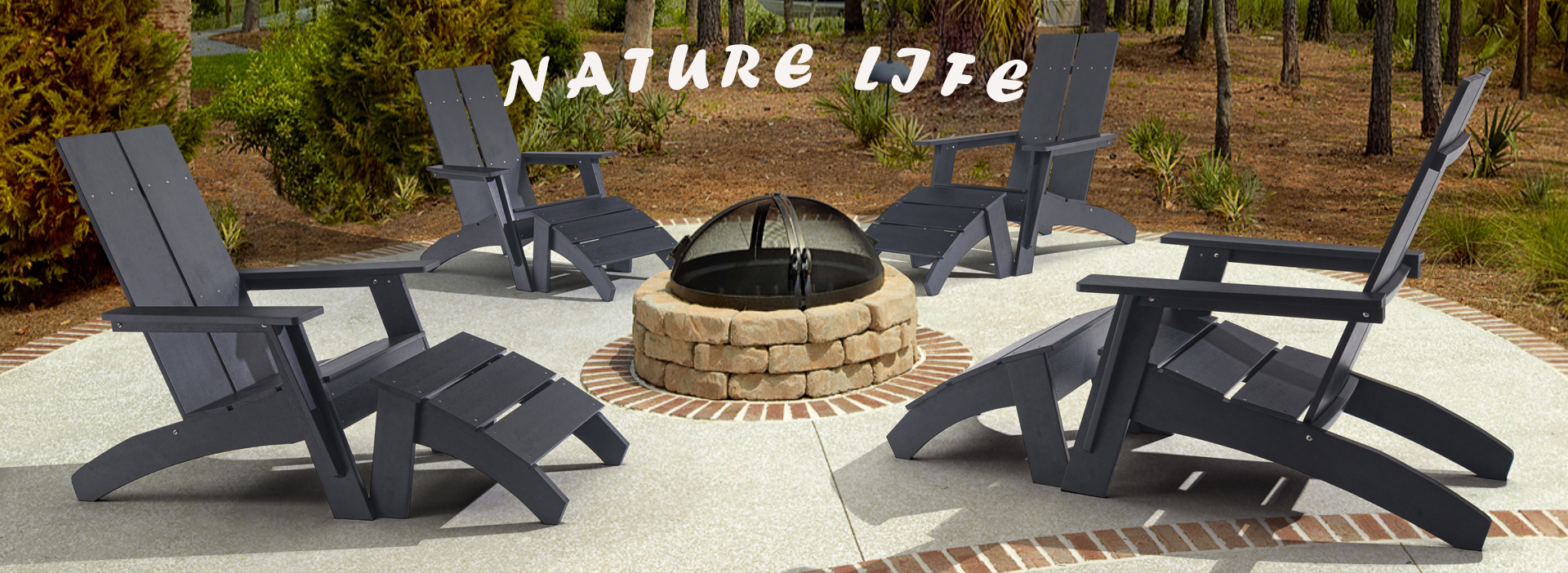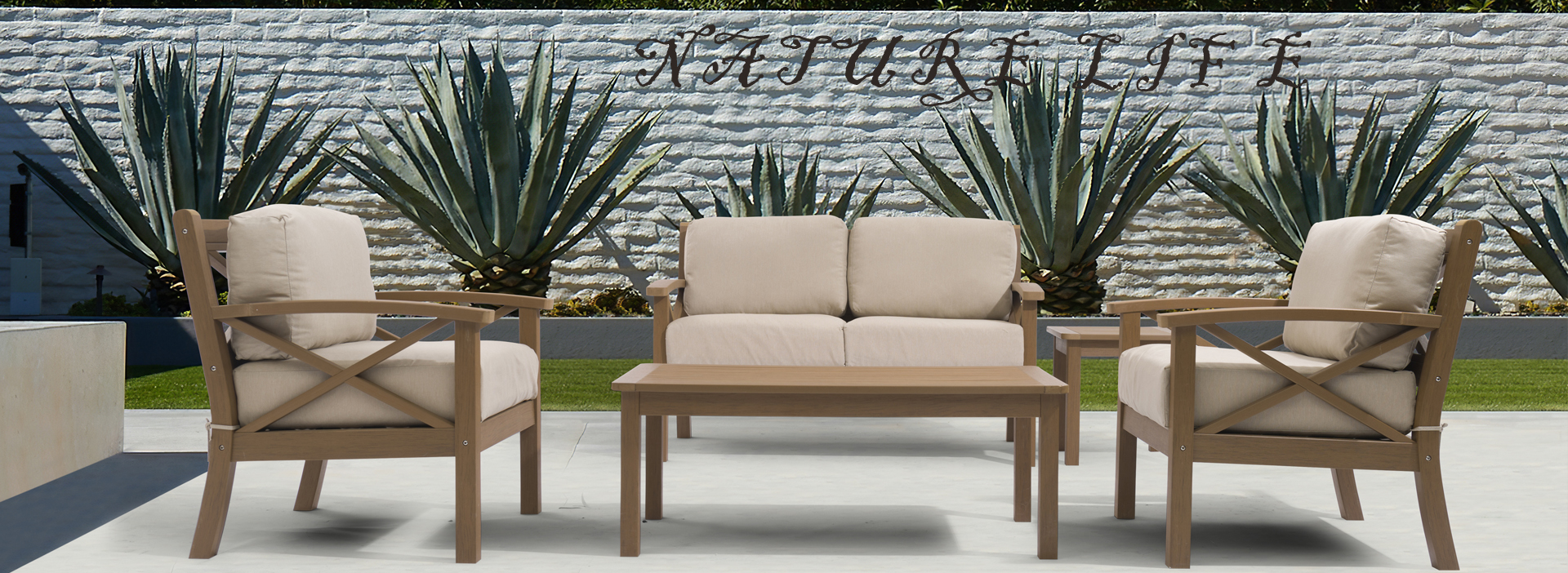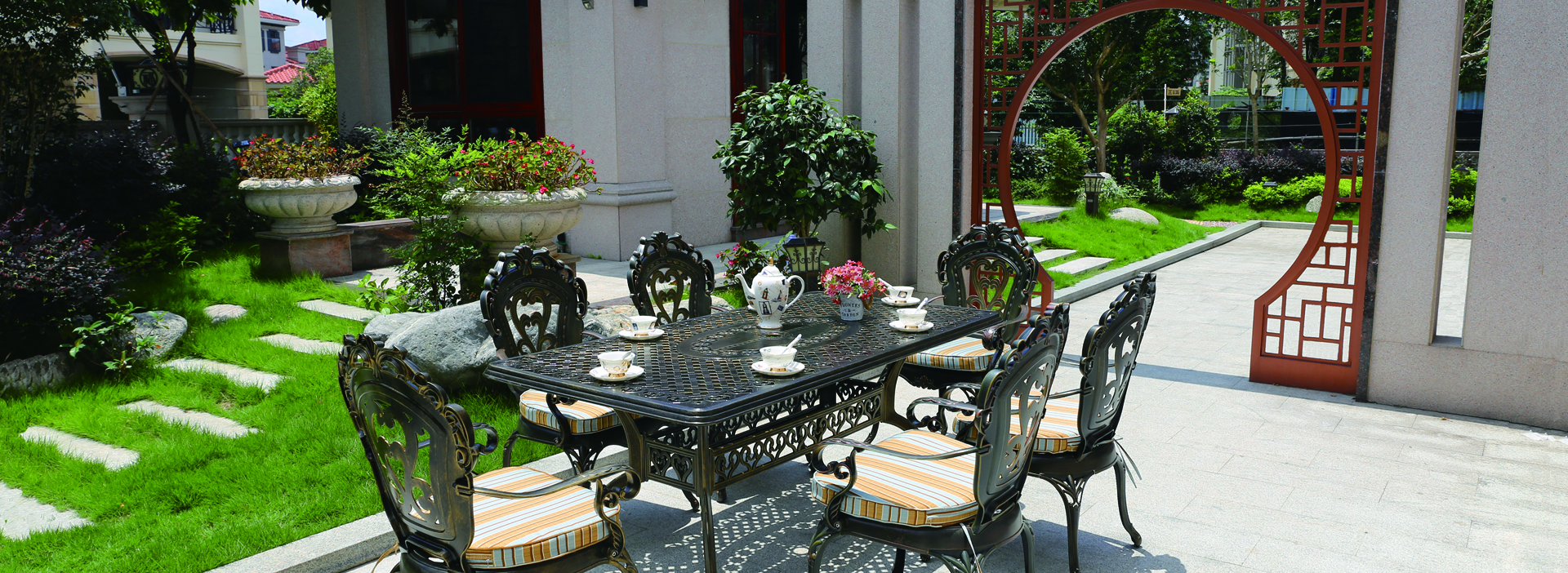Rattan furniture adds a touch of natural elegance to outdoor spaces, but to ensure its longevity and durability, proper sealing is essential. From protecting against moisture and UV damage to preserving the intricate weave patterns, sealing rattan furniture is a crucial step for both manufacturers and consumers. Let's explore the fascinating process of sealing rattan furniture for outdoor use and how to do it effectively from the perspective of both parties.
Sealing Rattan Furniture: Manufacturer's Perspective
Manufacturers employ a meticulous process to seal rattan furniture, ensuring it withstands outdoor elements and maintains its beauty over time. Here's an overview of how manufacturers seal rattan furniture for outdoor use:
Material Selection: Manufacturers carefully select high-quality rattan materials, often opting for synthetic rattan for its durability and weather resistance.
Preparation: Before sealing, rattan strands are cleaned and treated to remove any dirt, debris, or impurities that may affect adhesion.
Sealing Process: Manufacturers apply a specialized sealant or protective coating to the rattan surfaces, ensuring thorough coverage and penetration into the weave patterns.
Drying and Curing: Once sealed, the rattan furniture is allowed to dry and cure in controlled conditions, ensuring proper adhesion and durability of the sealant.
Sealing Rattan Furniture: Consumer's Perspective
For consumers looking to seal rattan furniture for outdoor use, here are some practical steps to follow:
Clean the Surface: Begin by cleaning the rattan furniture with a mild detergent and water solution to remove dirt, dust, and debris. Allow the furniture to dry completely before proceeding.
Choose the Right Sealant: Select a sealant specifically designed for outdoor use and suitable for rattan materials. Opt for a clear, UV-resistant sealant to protect against sun damage and discoloration.
Apply the Sealant: Using a brush or spray applicator, apply the sealant evenly to the rattan surfaces, ensuring thorough coverage. Pay special attention to weave patterns and intricate areas to prevent moisture penetration.
Allow for Drying Time: Allow the sealant to dry completely according to the manufacturer's instructions. This may involve multiple coats and sufficient drying time between applications.
Regular Maintenance: To prolong the effectiveness of the sealant, perform regular maintenance such as cleaning and resealing as needed. Store rattan furniture indoors or under protective covers during inclement weather to prevent damage.
Protecting Rattan Furniture During Transport
During transport, rattan furniture is vulnerable to damage from moisture, impacts, and rough handling. To protect rattan furniture during transport, manufacturers and retailers take precautions such as:
Proper Packaging: Rattan furniture is securely packaged using protective materials such as bubble wrap, foam padding, or cardboard to prevent scratches, dents, and other damage.
Moisture Protection: Desiccant packets or moisture-absorbing materials are often included in packaging to prevent moisture buildup and mold growth during transit.
Handling Instructions: Clear handling instructions are provided to transporters and delivery personnel to ensure proper care and handling of rattan furniture during loading, unloading, and transport.
Sealing rattan furniture for outdoor use is a crucial step to protect against moisture, UV damage, and other environmental factors. Whether performed by manufacturers or consumers, proper sealing and maintenance can extend the lifespan of rattan furniture and preserve its natural beauty for years to come. By following these guidelines and taking necessary precautions during transport, rattan furniture can continue to adorn outdoor spaces with its timeless elegance and charm.
Post time: Mar-15-2024




